
“Dead Sea Scrolls: The Exhibition” opened at the Ronald Reagan Presidential Library on November 22. The exhibit includes 200 artifacts dating back to around 250 BCE to 68 C.E.
One of the artifacts is the Magdala Stone, which dates to the Second Temple Period and features intricate carvings of the Temple. The stone served as ceremonial furniture on which sacred scrolls were placed. There’s also the Sea of Galilee Boat, a 1st-century CE fishing boat made from oak and cedar. The Psalm Scroll, the most substantial and well-preserved manuscript of Psalms, which contains several Psalms not found in the Hebrew Bible, is on display. Ossuaries, small stone receptacles used for secondary burial and Objects from Masada including small potsherds bearing writing in Aramaic, Hebrew, and Latin ostraca can be found at the exhibit as well.
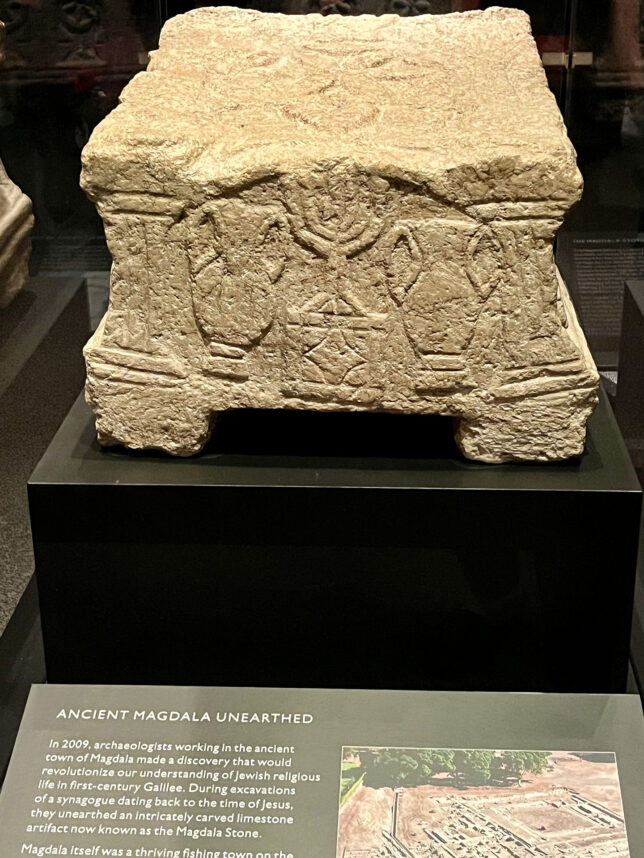
The limited-time exhibit, which took close to two years to put together, was curated by Dr. Risa Levitt, Dr. Orit Shamir, Dr. Joe Uziel and Navit Popovich-Geller.
Between November 1946 and February 1947, Bedouin shepherd Muhammed edh-Dhib, his cousin Jum’a Muhammed and Khalil Musa discovered seven scrolls in jars near the Qumran site. Edh-Dhib fell into what is now called Cave 1 and retrieved scrolls, including the Isaiah Scroll, Habakkuk Commentary and Community Rule.
The Bedouins initially kept the scrolls in their camp before taking them to local dealers. After being rejected by one, they sold several scrolls to Khalil Eskander Shahin, a cobbler and antiques dealer.
In 1947, John C. Trever of the American Schools of Oriental Research (ASOR) examined the scrolls, noting similarities with the Nash Papyrus. The rediscovery of Cave 1 at Qumran led to its initial excavation from 15 February to 5 March 1949 by the Jordanian Department of Antiquities, led by Gerald Lankester Harding and Roland de Vaux. This excavation uncovered additional Dead Sea Scroll fragments, linen cloth, jars and other artifacts.
In November 1951, a full excavation of Qumran began. By February 1952, Bedouins discovered Cave 2, yielding 300 fragments from 33 manuscripts, including parts of Jubilees and Wisdom of Sirach. On 14 March 1952, the ASOR team found Cave 3, which contained fragments of Jubilees and the Copper Scroll. Between September and December 1952, Caves 4, 5 and 6 were excavated, revealing more scrolls and fragments.
The first stop on our tour was the Sea of Galilee boat, 27 feet in length and 7.5 feet wide and more than three feet deep. The boat is estimated to be from the 1st century and 2000 years old.
The Ancient Galilee Boat was discovered by Moshe and Yuval Lufan, fishermen and amateur archaeologists from Kibbutz Ginnosar. During a drought that lowered the Sea of Galilee’s water level, the brothers searched the exposed shoreline and uncovered the boat’s remains.
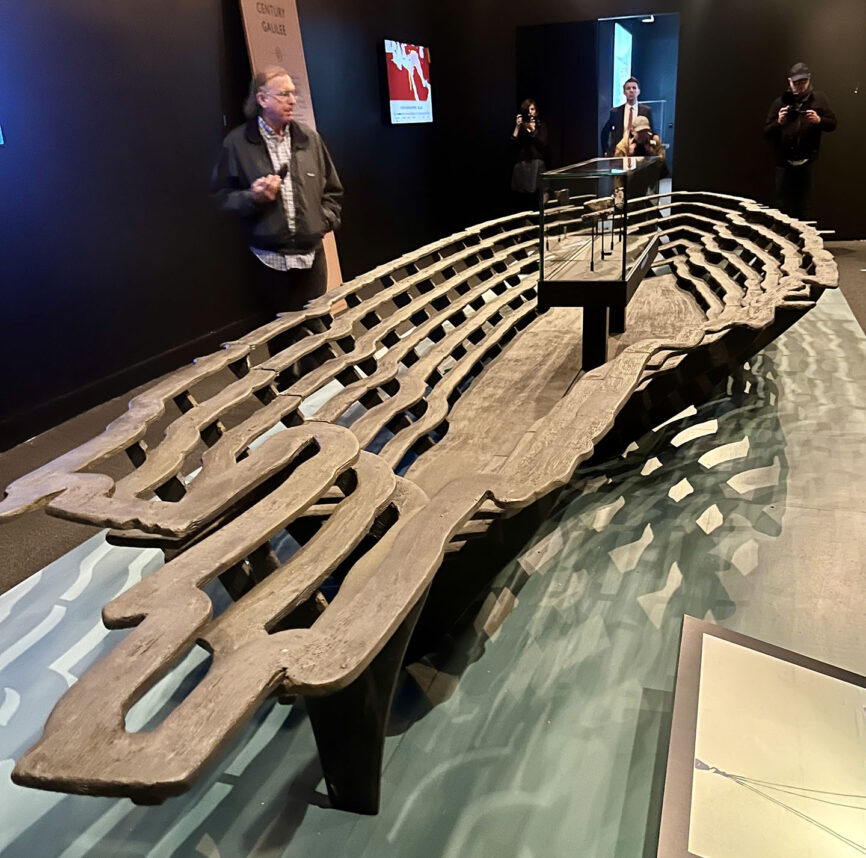
They reported the find to authorities, prompting an excavation by Kibbutz members, the Israel Antiquities Authority and volunteers. The site had to be guarded due to rumors of hidden gold. The fragile boat was carefully extracted over 12 days, wrapped in fiberglass and foam for protection, and floated to safety. It was preserved in a wax bath for 12 years before being displayed at the Yigal Allon Galilee Boat Museum.
Shamir explained that the excavation process took a long time because the wood was very soft to the touch after being under water for 2000 years.
“Their fingers penetrated it,” said Shamir. “After a long and very expensive process of more than 10 years, they managed to dry and take out the water out of the boat. The boat was made of 12 different types of wood, including cedar and oak.”
The next exciting stop on the tour was the Magdala stone one of the most significant archaeological discoveries in modern history. The stone, which dates to the Second Temple Period, features intricate carvings of the Temple. These carvings provide insights into the role of synagogues as sacred spaces prior to the Temple’s destruction and showcase the earliest known synagogue images of the Temple Menorah.
In a dark circular room, visitors will get the chance to examine some of the most substantial and well-preserved manuscript of Psalms of the 36 discovered in the Qumran caves. The Psalm contains several Psalms not found in the Hebrew Bible. These include two on display, focusing on the greatness of King David. The first focuses on his wisdom, attributing to him the writing of Psalms. The second, told in first person, describes the manner in which David was chosen and anointed as the monarch of Israel.
Visitors will get the chance to examine some of the most substantial and well-preserved manuscript of Psalms of the 36 discovered in the Qumran caves.
The psalms were written on animal skin and are dated from 150 B.C.E-68 C.E. Pieces of the psalms are on display while next to it is an enlarge photo to make it easier for visitors to read the words, written in Hebrew letters. It’s interesting to note that the name of God is written in Palio Hebrew (Tetragrammaton).
Uziel demonstrated how 21st-century technology has helped unlock the secrets of ancient texts, using infrared light, DNA analysis and artificial intelligence. In contrast, when scholars worked on the scrolls some 70 years ago, they faced much greater challenges.
“A lot of the pieces are very small fragments,” Uziel said. “We had 25,000 pieces arriving at the Rockefeller Museum in the 40s and 50s. A group of scholars had to piece them together. Imagine trying to assemble a 1,000-piece puzzle with only 200 pieces and no picture on the box.” Uziel also highlighted how the lack of knowledge at the time led to less careful handling of the scrolls. Photos on display show scholars working with cigarettes near the scrolls and using scotch tape to piece them together.
Children visiting the exhibit can enjoy piecing together sections of Psalms on an interactive screen, simulating the process of reconstructing a full page. Those who know Hebrew will also enjoy reading the ancient scripts.
As to why the Ronald Reagan library was chosen as the venue for this exhibit, Melissa Giller, Chief Marketing Officer of the Reagan Library said that it was the special connection president Reagan had to Israel. She quoted him at a press conference saying that in the Old Testament God made a covenant with Abraham with respect to Israel. He was then asked how this affected his decision on shaping up U.S. foreign policy in Israel.
“President Reagan replied, ‘I would have to tell you that I believe the policy of the United States government under Democrat and Republican presidents and legislators has been one of alliance with Israel and assurance of Israel’s continuation as a state. And I don’t think that any American administration would ever forsake Israel.’”
The Exhibit will be on display until September 2, 2025.
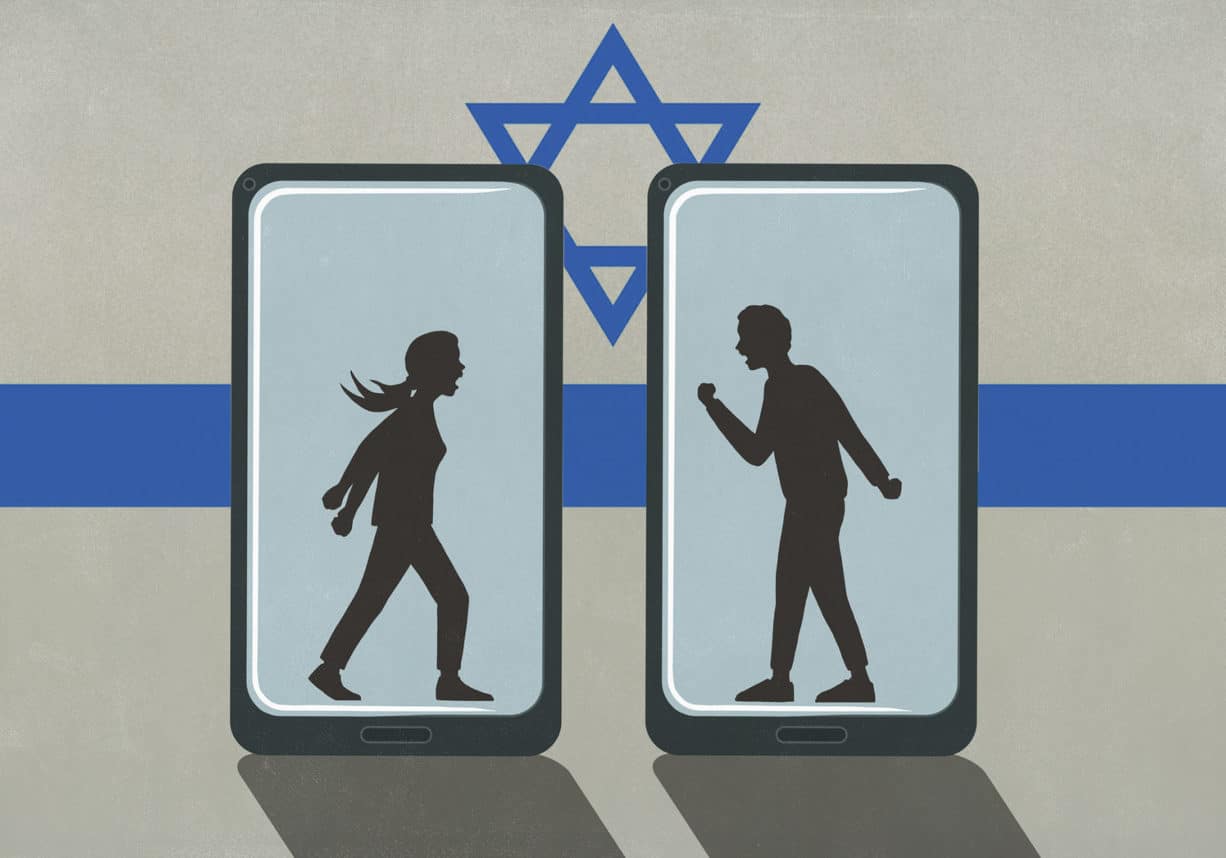

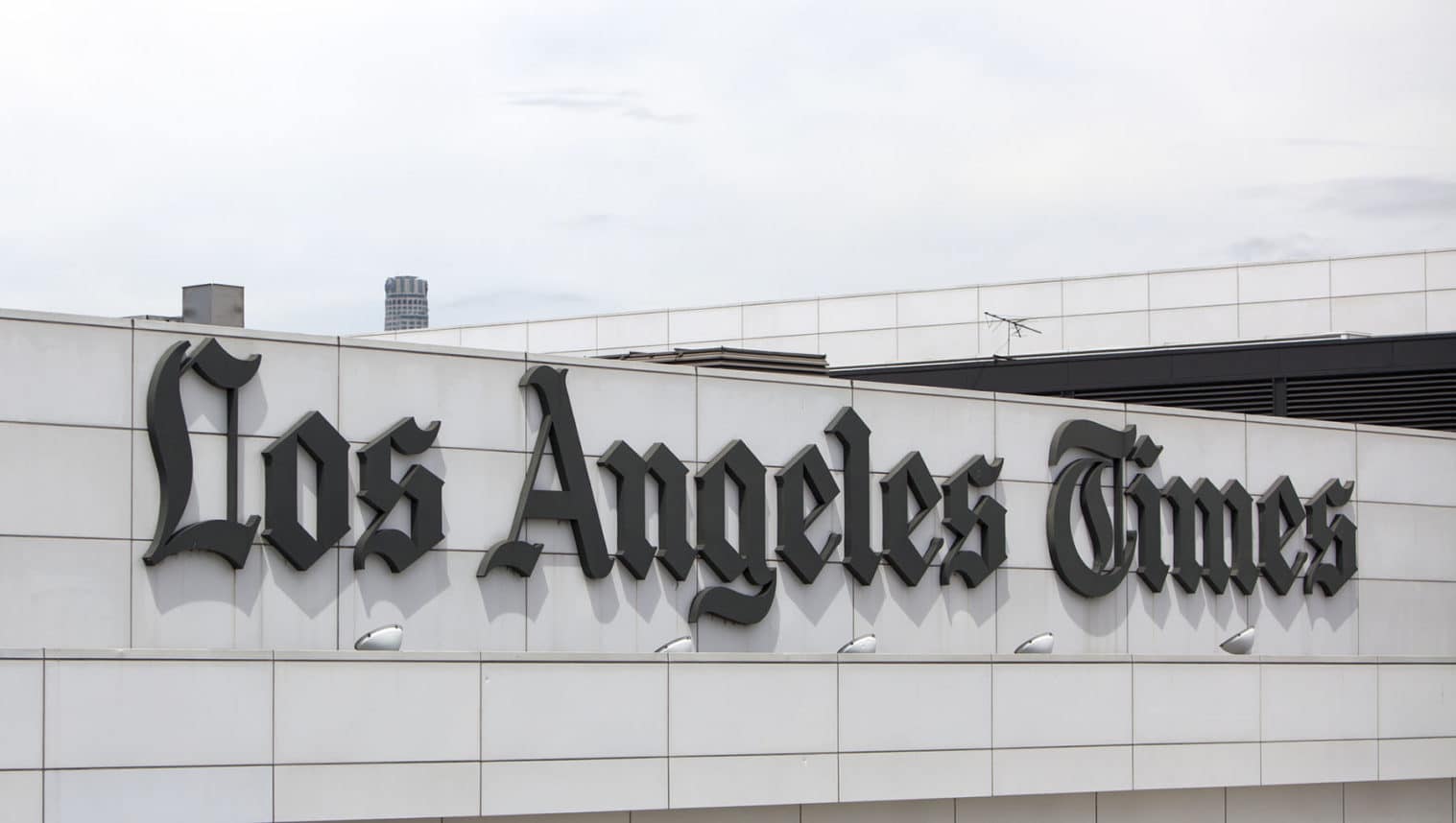
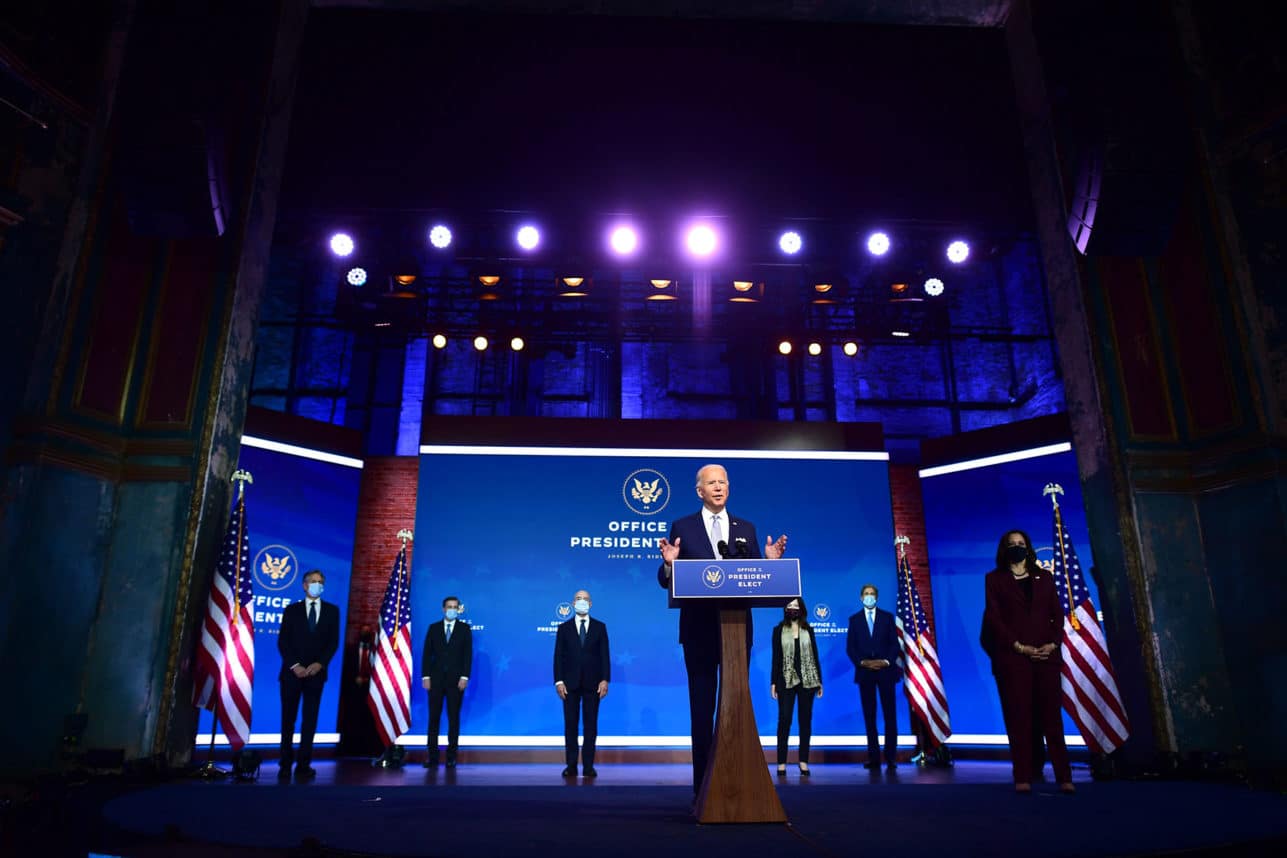


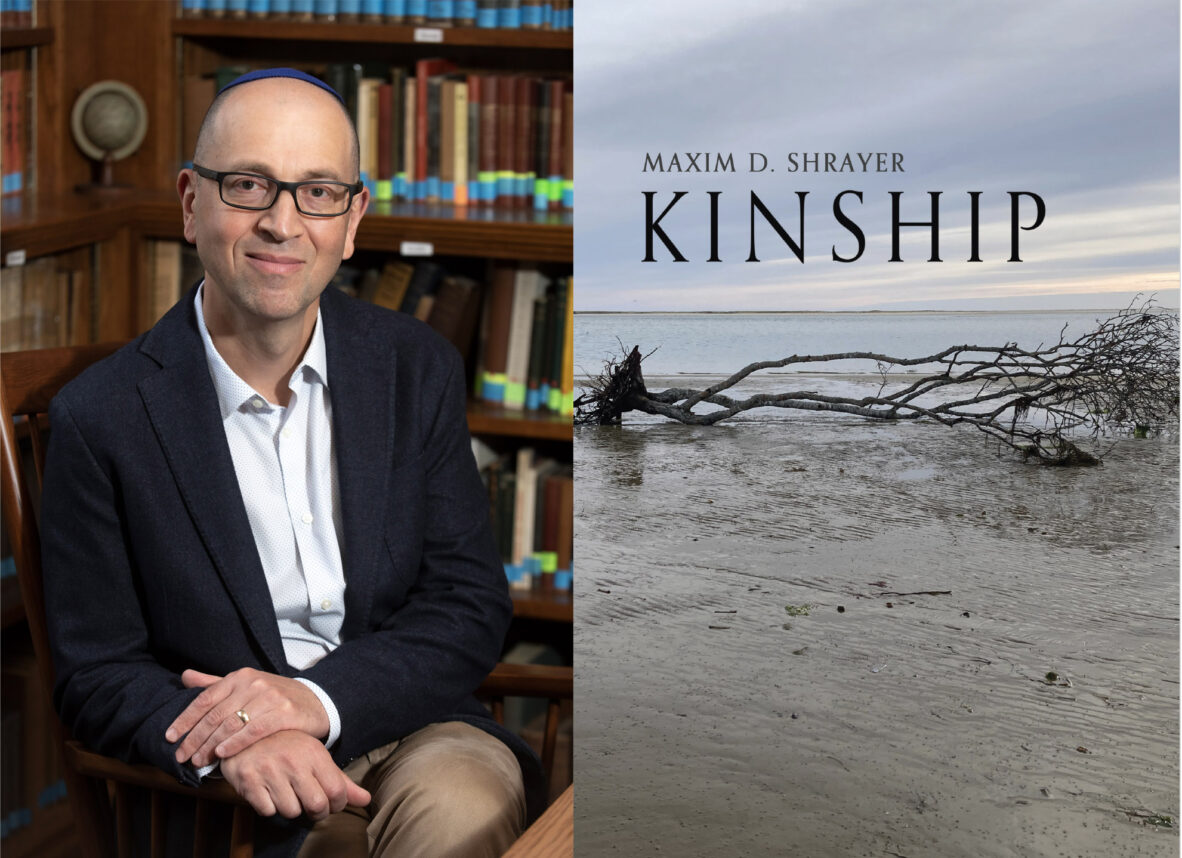
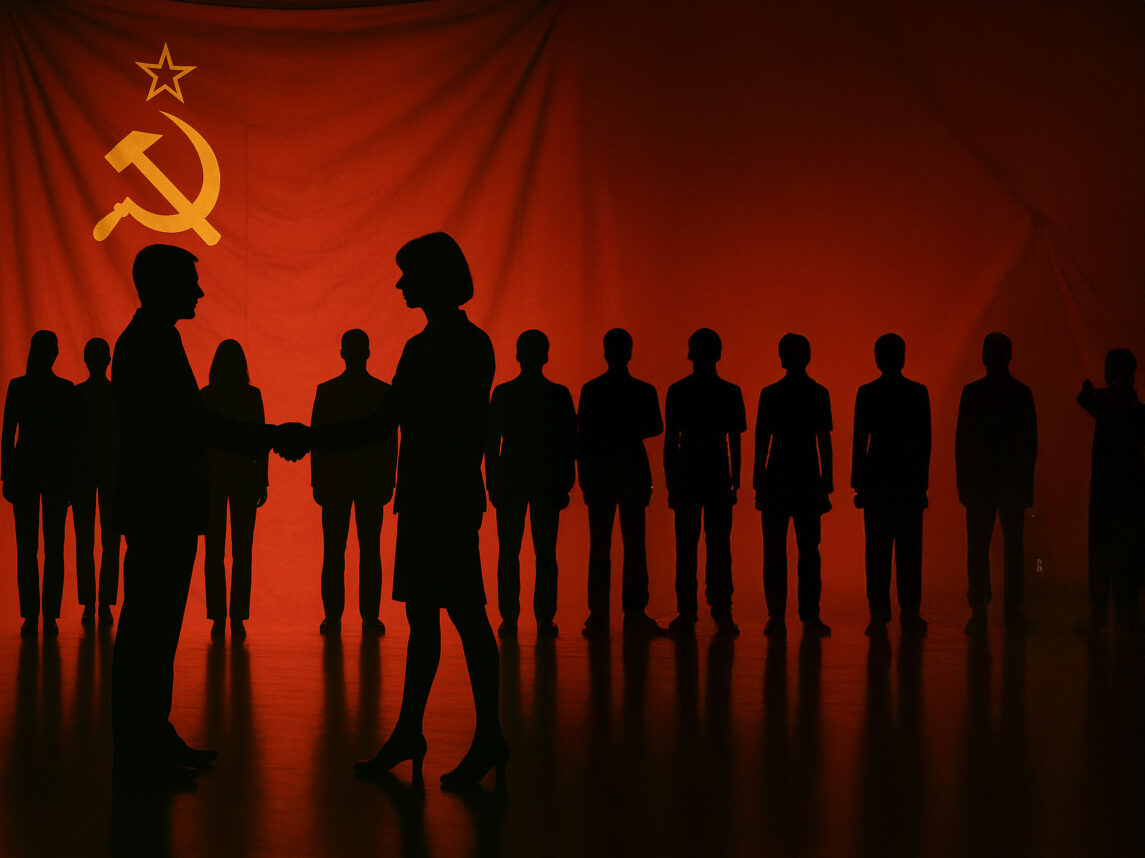



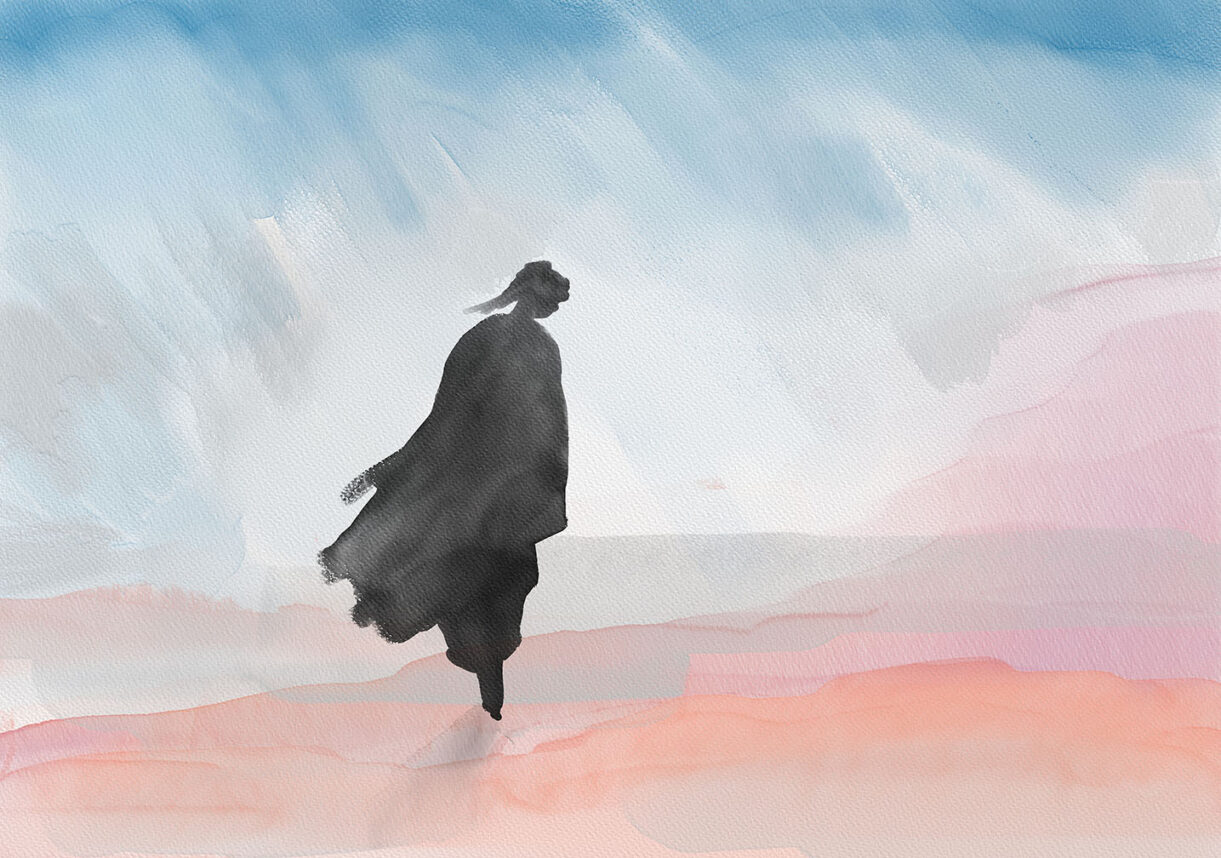


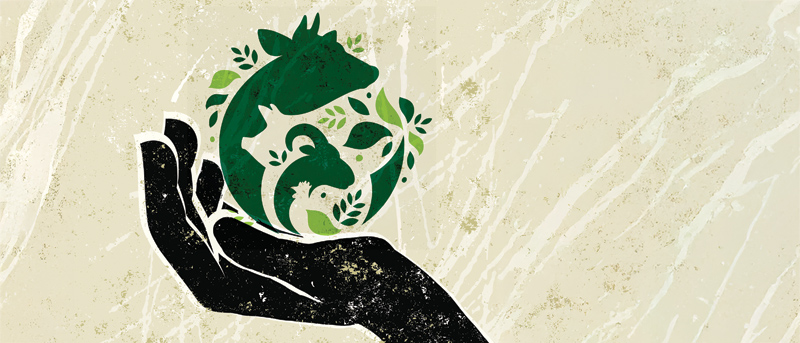
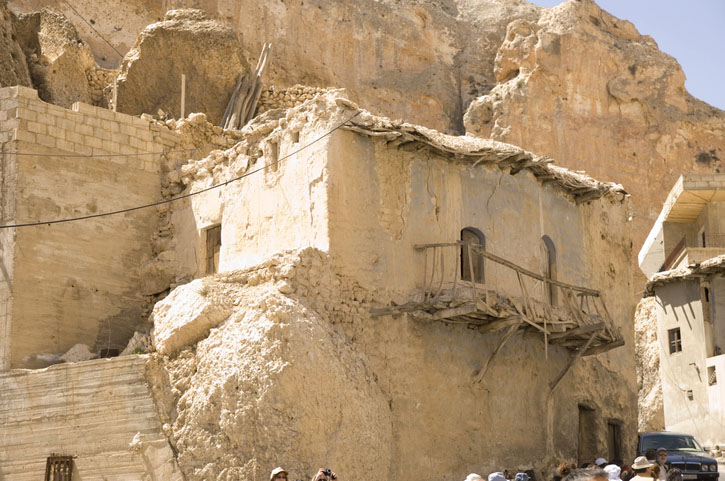







 More news and opinions than at a Shabbat dinner, right in your inbox.
More news and opinions than at a Shabbat dinner, right in your inbox.